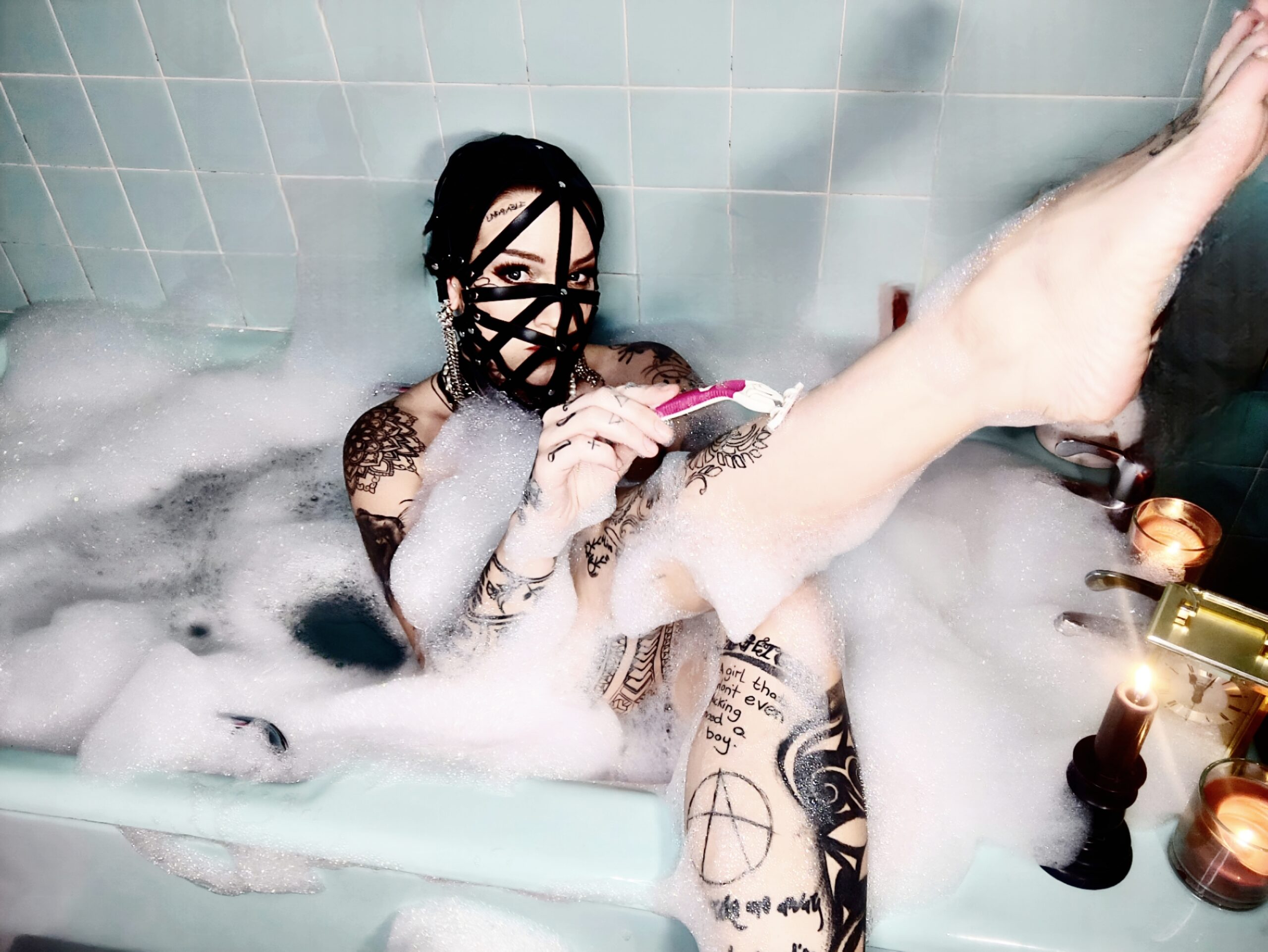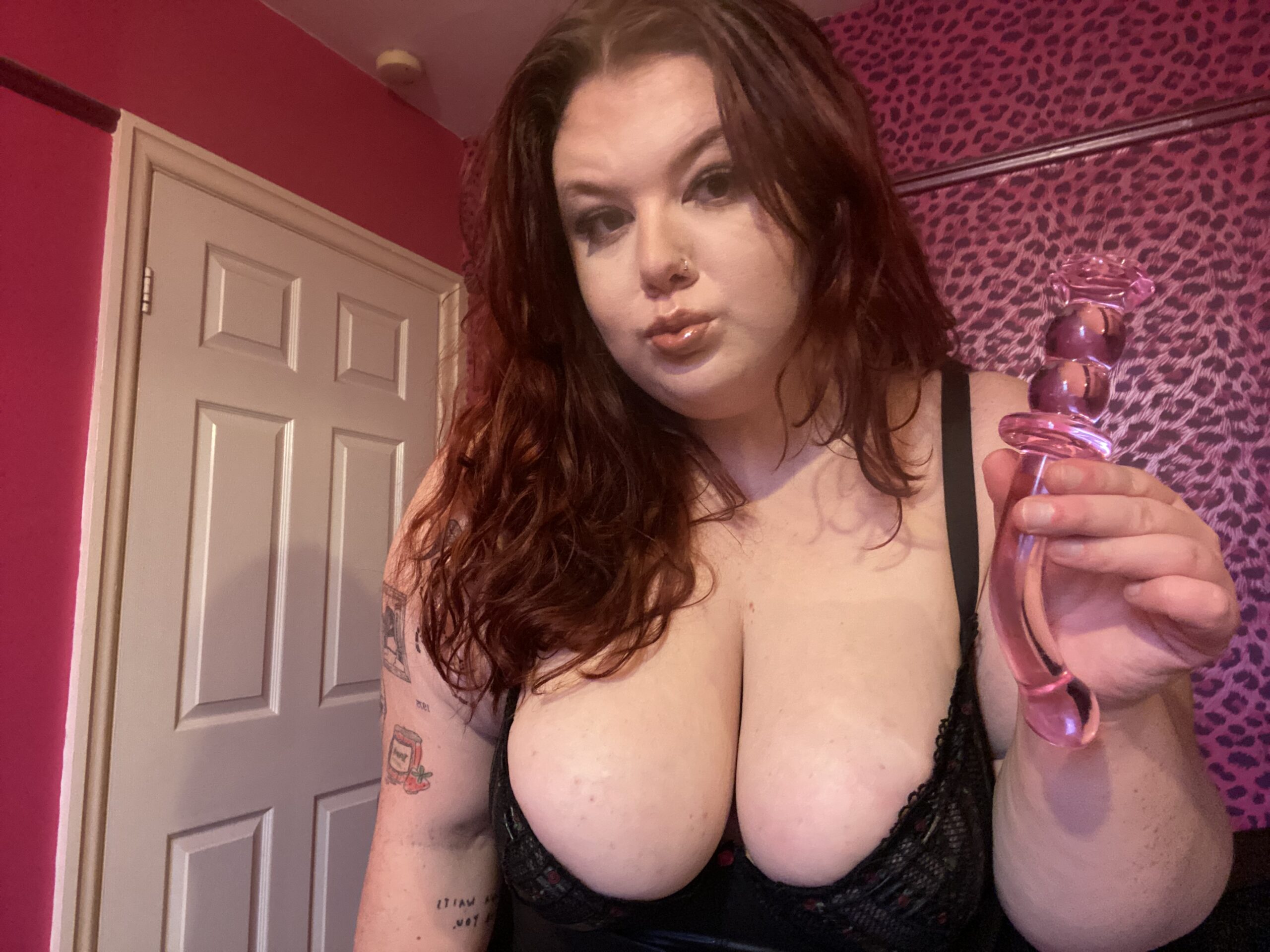Defining Pansexuality
Pansexuality is a sexual orientation characterized by attraction to people regardless of their gender identity or expression. This inclusivity extends beyond the traditional binary categories of male and female, encompassing individuals who identify as non-binary, transgender, or genderqueer. Understanding pansexuality requires navigating complex societal norms and evolving language surrounding gender and sexuality, highlighting its dynamic nature within the broader LGBTQ+ community.
Beyond Binary Labels
Pansexuality challenges conventional notions of sexual attraction by embracing a fluid understanding of gender identity. Unlike bisexuality, which typically refers to attraction to two genders (often male and female), pansexuality encompasses attraction to all genders, including those that fall outside the binary. This expansive definition recognizes that gender is not a fixed or absolute category but rather a spectrum with diverse expressions.
The term “pan” itself derives from the Greek word “pan,” meaning “all,” emphasizing the inclusivity at the core of this identity. For pansexual individuals, attraction is based on individual qualities and connections rather than rigid gender classifications. This perspective rejects societal expectations that limit sexual orientation to specific pairings or categories.
Attraction to All Genders
Pansexuality is a sexual orientation characterized by attraction to people regardless of their gender identity or expression.

This inclusivity extends beyond the traditional binary categories of male and female, encompassing individuals who identify as non-binary, transgender, or genderqueer.
Understanding pansexuality requires navigating complex societal norms and evolving language surrounding gender and sexuality, highlighting its dynamic nature within the broader LGBTQ+ community.
Intersectionality and Pansexuality
Pansexuality is a sexual orientation characterized by attraction to people regardless of their gender identity or expression. This inclusivity extends beyond the traditional binary categories of male and female, encompassing individuals who identify as non-binary, transgender, or genderqueer. Understanding pansexuality requires navigating complex societal norms and evolving language surrounding gender and sexuality, highlighting its dynamic nature within the broader LGBTQ+ community.
Intersectionality is a framework for understanding how various social identities intersect and create unique experiences of privilege and oppression. It recognizes that individuals may hold multiple identities (e.g., race, gender, sexual orientation) that interact with each other in complex ways. Applying intersectionality to pansexuality means acknowledging that the experiences of pansexual individuals can vary significantly based on their other identities. For example, a Black pansexual person might face different challenges and opportunities compared to a white pansexual person.
This framework emphasizes the need to consider the full spectrum of individual experiences within the pansexual community, recognizing that there is no single pansexual experience.
Navigating Societal Perceptions
Pansexuality, an increasingly recognized sexual orientation, presents a unique set of challenges and opportunities in navigating societal perceptions. Defined by attraction to individuals regardless of gender identity or expression, pansexuality inherently challenges traditional notions of sexuality confined to binary categories. Understanding this complex identity requires a nuanced exploration of evolving language surrounding gender and sexuality, recognizing the diverse experiences within the broader LGBTQ+ community.
Misconceptions and Stereotypes
Navigating societal perceptions, misconceptions, and stereotypes surrounding pansexuality can be challenging. Misconceptions often stem from a lack of understanding about the fluidity and inclusivity inherent in this identity. Some individuals may mistakenly equate pansexuality with bisexuality, failing to grasp the expansive nature of attraction for all genders.
Stereotypes can further complicate matters, portraying pansexual individuals as promiscuous or lacking commitment. These harmful generalizations reduce a complex and multifaceted identity to simplistic and often inaccurate portrayals. It’s crucial to challenge such stereotypes by promoting accurate information and fostering open conversations about pansexuality.
Education and awareness are essential in dismantling these barriers. Engaging in honest dialogues, listening to the lived experiences of pansexual individuals, and promoting inclusive language can contribute to a more understanding and accepting society.
Internalized Biphobia
Navigating societal perceptions of pansexuality can be complex. It’s important to recognize that pansexual individuals may experience internalized biphobia, which stems from societal biases against bisexuality. This internalized bias can manifest in self-doubt, feeling pressure to choose between genders, or fearing rejection or misunderstanding.
- Acknowledge the existence of internalized biphobia within the pansexual community.
- Create safe spaces for open and honest conversations about these experiences.
- Encourage support networks where pansexual individuals can share their struggles and find affirmation.
Visibility and Representation
Visibility and representation play a crucial role in shaping societal perceptions of pansexuality. The lack of positive and accurate portrayals in media, popular culture, and everyday life contributes to misconceptions and stereotypes. Increased visibility through diverse stories, authentic representations, and the inclusion of pansexual characters in various platforms can help challenge prevailing biases and foster understanding.
Representation matters not only for increasing awareness but also for affirming the experiences and identities of pansexual individuals. Seeing oneself reflected in media, literature, and other forms of representation can provide a sense of belonging, validate their experiences, and combat feelings of isolation. It sends a powerful message that pansexuality is a valid and accepted part of the human experience.
Amplifying pansexual voices through activism, advocacy, and community engagement is essential for advancing visibility and challenging societal norms. By sharing personal stories, advocating for inclusive policies, and promoting educational resources, pansexual individuals can contribute to shifting public perception and creating a more accepting society.
Experiences Within the LGBTQ+ Community
Pansexuality is a sexual orientation characterized by attraction to people regardless of their gender identity or expression. This inclusivity extends beyond the traditional binary categories of male and female, encompassing individuals who identify as non-binary, transgender, or genderqueer. Understanding pansexuality requires navigating complex societal norms and evolving language surrounding gender and sexuality, highlighting its dynamic nature within the broader LGBTQ+ community.
Allyship and Understanding
Pansexuality is a sexual orientation characterized by attraction to people regardless of their gender identity or expression. This inclusivity extends beyond the traditional binary categories of male and female, encompassing individuals who identify as non-binary, transgender, or genderqueer. Understanding pansexuality requires navigating complex societal norms and evolving language surrounding gender and sexuality, highlighting its dynamic nature within the broader LGBTQ+ community.
- Acknowledge the existence of internalized biphobia within the pansexual community.
- Create safe spaces for open and honest conversations about these experiences.
- Encourage support networks where pansexual individuals can share their struggles and find affirmation.
Navigating societal perceptions of pansexuality can be complex. It’s important to recognize that pansexual individuals may experience internalized biphobia, which stems from societal biases against bisexuality. This internalized bias can manifest in self-doubt, feeling pressure to choose between genders, or fearing rejection or misunderstanding.
Visibility and representation play a crucial role in shaping societal perceptions of pansexuality. The lack of positive and accurate portrayals in media, popular culture, and everyday life contributes to misconceptions and stereotypes. Increased visibility through diverse stories, authentic representations, and the inclusion of pansexual characters in various platforms can help challenge prevailing biases and foster understanding.
Representation matters not only for increasing awareness but also for affirming the experiences and identities of pansexual individuals. Seeing oneself reflected in media, literature, and other forms of representation can provide a sense of belonging, validate their experiences, and combat feelings of isolation. It sends a powerful message that pansexuality is a valid and accepted part of the human experience.
Amplifying pansexual voices through activism, advocacy, and community engagement is essential for advancing visibility and challenging societal norms. By sharing personal stories, advocating for inclusive policies, and promoting educational resources, pansexual individuals can contribute to shifting public perception and creating a more accepting society.
Challenges and Support Networks
Pansexuality challenges conventional notions of sexual attraction by embracing a fluid understanding of gender identity. Unlike bisexuality, which typically refers to attraction to two genders (often male and female), pansexuality encompasses attraction to all genders, including those that fall outside the binary. This expansive definition recognizes that gender is not a fixed or absolute category but rather a spectrum with diverse expressions.
The term “pan” itself derives from the Greek word “pan,” meaning “all,” emphasizing the inclusivity at the core of this identity. For pansexual individuals, attraction is based on individual qualities and connections rather than rigid gender classifications. This perspective rejects societal expectations that limit sexual orientation to specific pairings or categories.
Pansexuality, an increasingly recognized sexual orientation, presents a unique set of challenges and opportunities in navigating societal perceptions. Defined by attraction to individuals regardless of gender identity or expression, pansexuality inherently challenges traditional notions of sexuality confined to binary categories. Understanding this complex identity requires a nuanced exploration of evolving language surrounding gender and sexuality, recognizing the diverse experiences within the broader LGBTQ+ community.
Navigating societal perceptions, misconceptions, and stereotypes surrounding pansexuality can be challenging. Misconceptions often stem from a lack of understanding about the fluidity and inclusivity inherent in this identity. Some individuals may mistakenly equate pansexuality with bisexuality, failing to grasp the expansive nature of attraction for all genders.
Stereotypes can further complicate matters, portraying pansexual individuals as promiscuous or lacking commitment. These harmful generalizations reduce a complex and multifaceted identity to simplistic and often inaccurate portrayals. It’s crucial to challenge such stereotypes by promoting accurate information and fostering open conversations about pansexuality.
Education and awareness are essential in dismantling these barriers. Engaging in honest dialogues, listening to the lived experiences of pansexual individuals, and promoting inclusive language can contribute to a more understanding and accepting society.
Evolution of Language and Identity
Pansexuality is a sexual orientation characterized by attraction to people regardless of their gender identity or expression. This inclusivity extends beyond the traditional binary categories of male and female, encompassing individuals who identify as non-binary, transgender, or genderqueer. Understanding pansexuality requires navigating complex societal norms and evolving language surrounding gender and sexuality, highlighting its dynamic nature within the broader LGBTQ+ community.
Pansexuality challenges conventional notions of sexual attraction by embracing a fluid understanding of gender identity. Unlike bisexuality, which typically refers to attraction to two genders (often male and female), pansexuality encompasses attraction to all genders, including those that fall outside the binary. This expansive definition recognizes that gender is not a fixed or absolute category but rather a spectrum with diverse expressions.
The term “pan” itself derives from the Greek word “pan,” meaning “all,” emphasizing the inclusivity at the core of this identity. For pansexual individuals, attraction is based on individual qualities and connections rather than rigid gender classifications. This perspective rejects societal expectations that limit sexual orientation to specific pairings or categories.

Navigating societal perceptions of pansexuality can be complex. It’s important to recognize that pansexual individuals may experience internalized biphobia, which stems from societal biases against bisexuality. This internalized bias can manifest in self-doubt, feeling pressure to choose between genders, or fearing rejection or misunderstanding.
- Acknowledge the existence of internalized biphobia within the pansexual community.
- Create safe spaces for open and honest conversations about these experiences.
- Encourage support networks where pansexual individuals can share their struggles and find affirmation.
Visibility and representation play a crucial role in shaping societal perceptions of pansexuality. The lack of positive and accurate portrayals in media, popular culture, and everyday life contributes to misconceptions and stereotypes. Increased visibility through diverse stories, authentic representations, and the inclusion of pansexual characters in various platforms can help challenge prevailing biases and foster understanding.
Representation matters not only for increasing awareness but also for affirming the experiences and identities of pansexual individuals. Seeing oneself reflected in media, literature, and other forms of representation can provide a sense of belonging, validate their experiences, and combat feelings of isolation. It sends a powerful message that pansexuality is a valid and accepted part of the human experience.
Amplifying pansexual voices through activism, advocacy, and community engagement is essential for advancing visibility and challenging societal norms. By sharing personal stories, advocating for inclusive policies, and promoting educational resources, pansexual individuals can contribute to shifting public perception and creating a more accepting society.
The Future of Pansexual Identity
The future of pansexuality rests on dismantling societal misconceptions and fostering an environment of understanding and acceptance. As societal norms surrounding gender continue to evolve, the concept of pansexuality is gaining recognition as a valid and meaningful sexual orientation.
Central to this evolution is the ongoing need for education and open dialogue. Challenging stereotypes and promoting accurate information about pansexuality will be crucial in breaking down barriers and creating a more inclusive society.
Expanding Definitions and Inclusivity
The future of pansexuality rests on dismantling societal misconceptions and fostering an environment of understanding and acceptance. As societal norms surrounding gender continue to evolve, the concept of pansexuality is gaining recognition as a valid and meaningful sexual orientation.
Central to this evolution is the ongoing need for education and open dialogue. Challenging stereotypes and promoting accurate information about pansexuality will be crucial in breaking down barriers and creating a more inclusive society.
Moreover, the continued growth and visibility of the pansexual community itself will play a vital role in shaping its future. As more pansexual individuals come out and share their experiences, they will contribute to normalizing this identity and challenging prevailing biases. This increased visibility can create a sense of belonging for pansexual people and inspire others to embrace their own identities freely.
Technology and social media also have the potential to further advance the conversation around pansexuality. Online platforms can provide spaces for connection, support, and education, allowing individuals to learn about pansexuality from diverse perspectives and share their own stories. They can also help amplify the voices of pansexual individuals and raise awareness on a larger scale.
Finally, advocating for legal and social protections that ensure the rights and well-being of pansexual people is essential. This includes combating discrimination in areas such as housing, employment, healthcare, and education. By ensuring equal opportunities and protections, society can create an environment where pansexual individuals feel safe, valued, and empowered to live authentically.
Fighting for Equality and Recognition
Pansexuality challenges conventional notions of sexual attraction by embracing a fluid understanding of gender identity. Unlike bisexuality, which typically refers to attraction to two genders (often male and female), pansexuality encompasses attraction to all genders, including those that fall outside the binary. This expansive definition recognizes that gender is not a fixed or absolute category but rather a spectrum with diverse expressions.
The term “pan” itself derives from the Greek word “pan,” meaning “all,” emphasizing the inclusivity at the core of this identity. For pansexual individuals, attraction is based on individual qualities and connections rather than rigid gender classifications. This perspective rejects societal expectations that limit sexual orientation to specific pairings or categories.
The future of pansexuality rests on dismantling societal misconceptions and fostering an environment of understanding and acceptance. As societal norms surrounding gender continue to evolve, the concept of pansexuality is gaining recognition as a valid and meaningful sexual orientation.
Central to this evolution is the ongoing need for education and open dialogue. Challenging stereotypes and promoting accurate information about pansexuality will be crucial in breaking down barriers and creating a more inclusive society.
Moreover, the continued growth and visibility of the pansexual community itself will play a vital role in shaping its future. As more pansexual individuals come out and share their experiences, they will contribute to normalizing this identity and challenging prevailing biases. This increased visibility can create a sense of belonging for pansexual people and inspire others to embrace their own identities freely.
Technology and social media also have the potential to further advance the conversation around pansexuality. Online platforms can provide spaces for connection, support, and education, allowing individuals to learn about pansexuality from diverse perspectives and share their own stories. They can also help amplify the voices of pansexual individuals and raise awareness on a larger scale.
Finally, advocating for legal and social protections that ensure the rights and well-being of pansexual people is essential. This includes combating discrimination in areas such as housing, employment, healthcare, and education. By ensuring equal opportunities and protections, society can create an environment where pansexual individuals feel safe, valued, and empowered to live authentically.
Celebrating Diversity and Self-Expression
The future of pansexuality is one of increased visibility, understanding, and acceptance. As societal norms continue to evolve and embrace a more fluid understanding of gender identity, pansexuality will become increasingly recognized as a valid and meaningful sexual orientation.
Central to this evolution is the ongoing need for education and open dialogue. By challenging stereotypes, promoting accurate information about pansexuality, and fostering inclusive conversations, we can create a society where pansexual individuals feel comfortable expressing themselves authentically without fear of judgment or discrimination.
The continued growth and visibility of the pansexual community will also play a crucial role in shaping its future. As more pansexual people come out and share their experiences, they will help normalize this identity and inspire others to embrace their own identities freely.
Technology and social media have the potential to further amplify these voices and connect individuals within the pansexual community, providing support, resources, and a sense of belonging. pvc fetish
Advocating for legal and social protections that ensure the rights and well-being of pansexual people is essential. This includes combating discrimination in areas such as housing, employment, healthcare, and education, creating an environment where pansexual individuals feel safe, valued, and empowered to live their lives authentically.
By working together, we can create a future where pansexuality is celebrated as part of the beautiful tapestry of human diversity.

Explore what’s written in full
Explore the blog to find out more
- Why Does My Lip Filler Feel Hard - November 8, 2025
- What Is The Difference Between Bisexuality And Pansexuality In Relationships? - November 7, 2025
- What Are The Best CBD Gummy Edibles For Relaxation - November 6, 2025
